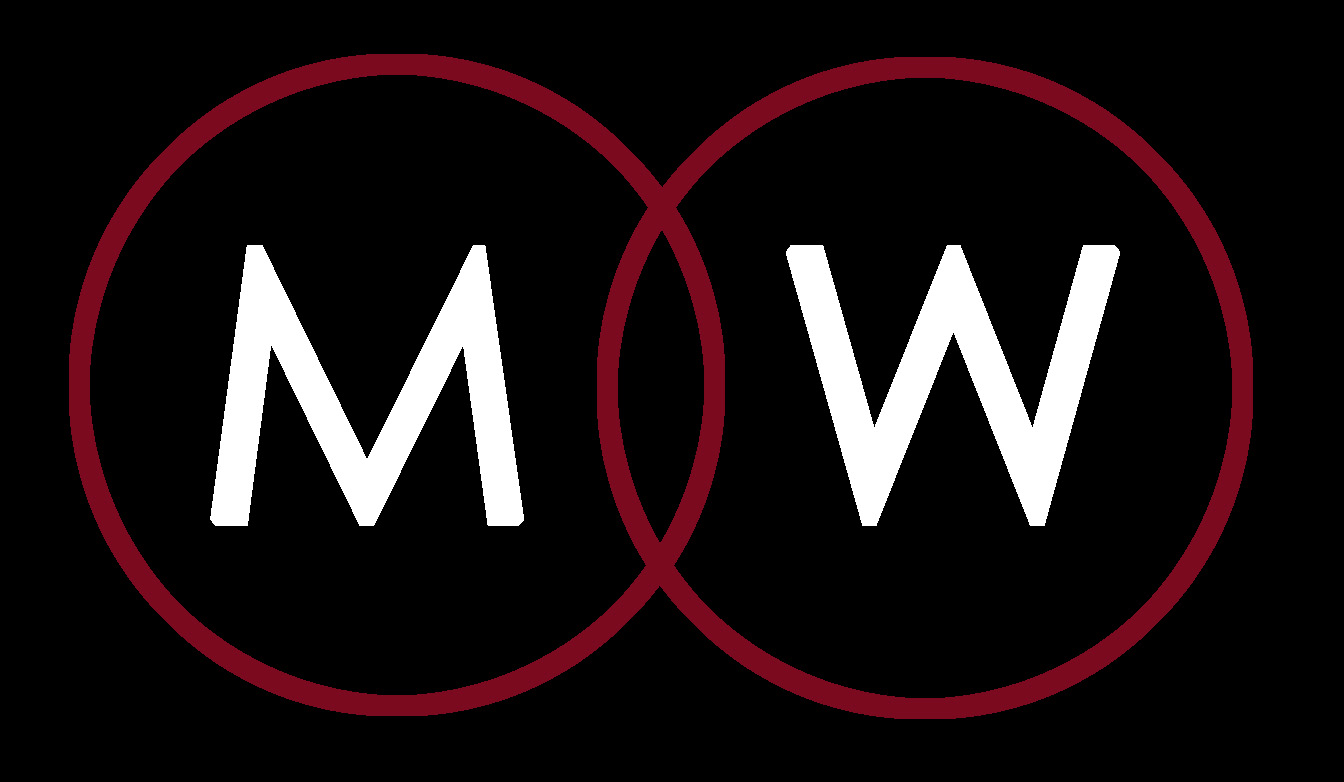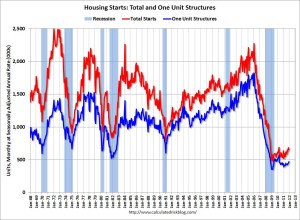06 Dec Goldman Sachs Predicts Near Housing Bottom
On December 2nd two Goldman Sachs analysts released a report predicting a near housing bottom. Hui Shan and Sven Jari Stehn predicted a bottom by next summer in most US metro areas.
As Alan Zibel explains in the Wall Street Journal:
“The analysts constructed a new model of home prices in 147 U.S. metro areas, estimating an “equilibrium†home price for each. That measurement is an expected home price based on population, income, lending costs and construction costs. Nationally, they say, home prices are close to this equilibrium level after deviating far from it during the boom years.
“The analysts’ modeling also takes into account short-term price changes, including factors like the excess supply of homes on the market and the level of subprime loans in a particular market.
“After doing all of this number-crunching, the Goldman analysts projected that the strongest U.S. markets will be Detroit, Miami and Cleveland. They are forecast to show price increases of 5%, 3% and 1% over the next two years.”
To read the entire report, uploaded by MW Real Estate Group, please click here (skip first page):Â Goldman Housing Recovery Report.
Regular readers are all too familiar with the saga of Goldman Sachs, which back in December 2010 called for a new American golden age, only to crash and burn as the economy not only slid right back into its depressionary glidepath but had to be bailed out by the Fed yet again. Sure enough, back in December of last year, the same firm made a surprising forecast, being the first of many (as others naturally jumped on the Goldman bandwagon), calling for an imminent housing bottom. Naturally, we scoffed at said proclamation. Two months later, which have seen two months of deteriorating conditions and declining prices, Goldman is out, saying that it may have just been kidding. From Goldman’s Hui Shan: “In December 2011 we published a new house price model for 147 metro areas that pointed to a decline of around 3% from mid-2011 through mid-2012 before stabilizing in the year thereafter. Excess supply and negative house price momentum were the main drivers of the projected decline over the subsequent four quarters. In the year thereafter, the model suggested that house prices would stabilize as the negative momentum faded. Our model also pointed to substantial variation in house price appreciation across metro areas. Although city-by-city house price dynamics are particularly difficult to model, we projected increases in Detroit, Miami and Cleveland, but significant declines in Portland, New York and Atlanta during the next two years. Since publication of this forecast–which was based on Case-Shiller house price data up to 2011Q2–house prices have weakened anew….The implications of these changes are threefold: First, we now see a somewhat weaker near-term house price outlook. Specifically, we forecast that house prices will decline by 3.3% from 2011Q3 until 2012Q3, and by an additional 1.1% between 2012Q3 and 2013Q3. Second, the expected bottom in house prices is pushed out from end-2012 to mid-2013. Third, the long-run outlook for house prices is not significantly affected by our update



